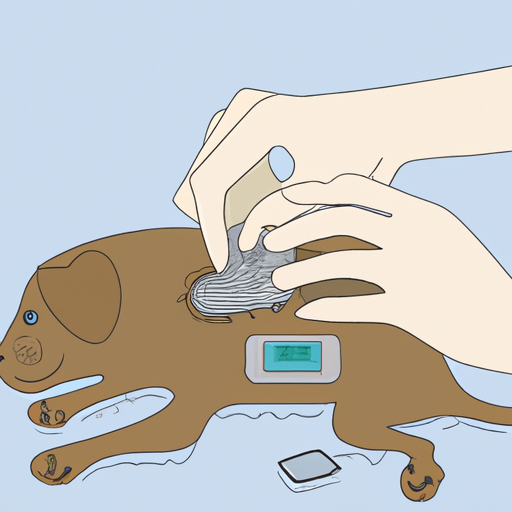Introduction
You’ve heard about it, seen it in the news, and possibly even had it recommended by your vet. But what exactly is microchipping, and how does it work? As a caring dog parent, it’s natural for you to have questions about this procedure. And rightfully so, as it involves the well-being of your furry family member.
What is a Microchip?
Simply put, a microchip is a tiny device, about the size of a grain of rice, that is implanted under your dog’s skin. Using radio frequency identification (RFID) technology, the chip, when scanned by a special reader, emits a unique identification number. This number, when linked to a database, provides all the essential information about your pet – including your contact details.
Why Microchipping?
Why should you consider getting your dog microchipped, you ask? Here are a few compelling reasons:
- Permanent Identification: Unlike collars and tags, microchips can’t fall off, be removed, or become unreadable.
- Global Recognition: Microchips are recognized worldwide and can be a lifesaver if your pet gets lost while travelling.
- Proof of Ownership: In case of disputes, a microchip can serve as proof of ownership.
The Microchipping Procedure
You might be worried about the process, but rest assured that microchipping is a straightforward and relatively painless procedure. It’s akin to a routine vaccination and can be performed during a regular vet visit. The microchip is inserted under the skin, usually between the shoulder blades, using a hypodermic needle.
| Steps of Microchipping | Description |
|---|---|
| Step 1: | The microchip is loaded into a sterile applicator. |
| Step 2: | Your vet will lift the skin between your dog’s shoulder blades. |
| Step 3: | The applicator is quickly pressed against the skin, and the microchip is injected. |
| Step 4: | The chip is checked with a scanner to ensure it can be read. |
After Microchipping
Once your dog is microchipped, you’ll need to register the chip’s unique number with a pet recovery service. Remember, the microchip is not a GPS tracker and will only work if you keep your contact details up-to-date.
Frequently Asked Questions
Q: Is microchipping painful for my dog?
A: Most dogs tolerate the procedure well. It feels similar to a regular vaccination shot.
Q: Can a microchip move around inside my dog?
A: It’s rare, but possible. Regular vet checks will ensure the chip remains in place.
Q: How often should the microchip be checked?
A: Ideally, the chip should be checked annually to ensure it can still be read.
Q: What’s the cost of microchipping?
A: The cost varies but it’s a one-time fee, often ranging between $25 to $50.
As a loving caregiver, you understand the importance of keeping your dog safe and secure. Microchipping can provide an extra layer of protection for your pet, offering you peace of mind in the process.



